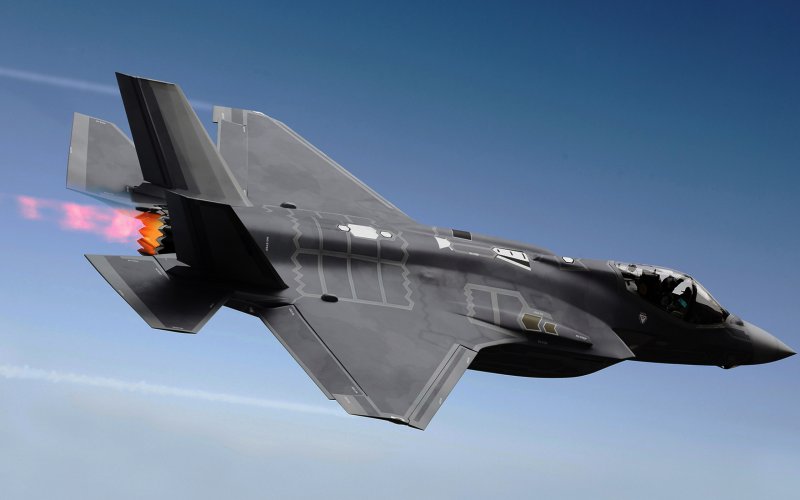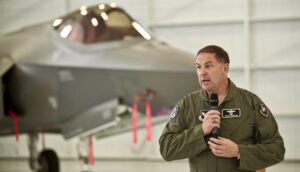GAO Bets ‘Cascading’ F-35 Costs Up $1.2B More Than JPO
Posted on

WASHINGTON: The cost estimate battle between the F-35 program office and the rest of the government continues unabated in the latest annual GAO report about the Joint Strike Fighter. The Government Accountability Office says the program will rack up $1.2 billion more in costs than the F-35’s Joint Program Office does. And, as has been true in almost all these disagreements, the projections rest on fundamentally different assumptions.
“The program’s projections are based on anticipated test point achievements and not historical data. GAO’s analysis—based on historical F-35 flight test data— indicates that developmental testing could take an additional 12 months (see table below),” GAO says. “These delays could affect the start of the F-35’s initial operational test and evaluation, postpone the Navy’s initial operational capability, and delay the program’s full rate production decision, currently planned for April 2019.
What are the numbers? Program officials say there’s a delay of five months that will cost $532 million to complete the program’s development phase. GAO says it will take 12 months and cost $1.7 billion — more than triple the amount — and about $1.3 billion of that will be needed in fiscal 2018.

Lt. Gen. Bogdan at Nellis AFB
Lt. Gen. Chris Bogdan, head of the JPO, in GAO report terms, does not concur. “We do not agree with the GAO’s assessment that an additional billion dollars will be needed to complete SDD. The remaining cost to complete the F-35’s $55 billion development program is estimated to be $2.3 billion – money which was already budgeted for the program. If there is a delay to the completion of SDD, the Department has directed the JPO to maintain the resources necessary to continue SDD flight testing to May 2018,” Bogdan says in a statement. “Should it be necessary for flight testing to go beyond February 2018 to May 2018, the JPO will hold $100 million of Follow-on-Modernization (FoM) funding in fiscal year (FY) 2018 to pay for this added flight testing. Use of this internal funding will result in no impact to any other DoD programs or the Services/DoD’s budget requirements.”
The GAO also wants to delay the Block 4 software’s Request For Proposal “at least until developmental testing is complete and all associated capabilities have been verified to work as intended.”
Bogdan again non-concurs. A delay “will introduce undue delay and negatively impact the warfighter’s ability to counter a wide spectrum of current and evolving Surface-to-Air Missile threats, Integrated Air Defense Systems, as well as current and emerging advanced fighter threats across 12 mission areas identified in the Block 4 Capability Development Document, which was validated by the Joint Requirements Oversight Council on March 21, 2017.” Since the Air Force and the Marines have already declared Initial Operational Capability (IOC) for their planes, this becomes particularly important since both services have already deployed their planes to theater bases. Importantly, Bogdan also notes that a delay would affect JSF program partners weapons certification for capabilities unique to their countries.
The bottom line here: the program and GAO disagree. Sen. John McCain, chairman of the Senate Armed Services Committee, will probably tout the new GAO findings. The program will probably cost more than the program office estimates and less than the GAO predicts. Since pretty much all the program’s metric continue to improve, as the GAO report notes, the program will do pretty well on the Hill.
Subscribe to our newsletter
Promotions, new products and sales. Directly to your inbox.
